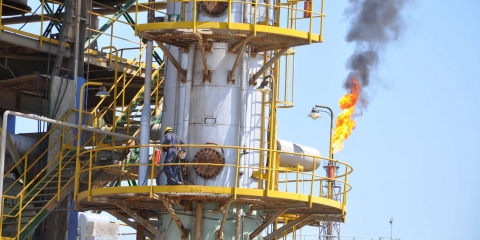Climate Change and Water Woes Drove ISIS Recruiting in Iraq
It was a few weeks after the rains failed in the winter of 2009 that residents of Shirqat first noticed the strange bearded men. Circling like vultures among the stalls of the town’s fertilizer market in Iraq’s northern Salahaddin governorate, they’d arrow in on the most shabbily dressed farmers, and tempt them with promises of […]Peter Schwartzstein writes for National Geographic:
It was a few weeks after the rains failed in the winter of 2009 that residents of Shirqat first noticed the strange bearded men.
Circling like vultures among the stalls of the town’s fertilizer market in Iraq’s northern Salahaddin governorate, they’d arrow in on the most shabbily dressed farmers, and tempt them with promises of easy riches. “Join us, and you’ll never have to worry about feeding your family,” Saleh Mohammed Al-Jabouri, a local tribal sheikh, remembers one recruiter saying.
With every flood or bout of extreme heat or cold, the jihadists would reappear, often supplementing their sales pitches with gifts. When a particularly vicious drought struck in 2010, the fifth in seven years, they doled out food baskets. When fierce winds eviscerated hundreds of eggplant fields near Kirkuk in the spring of 2012, they distributed cash. As farming communities limped from one debilitating crisis to another, the recruiters—all members of what soon became the Islamic State—began to see a return on their investment.





